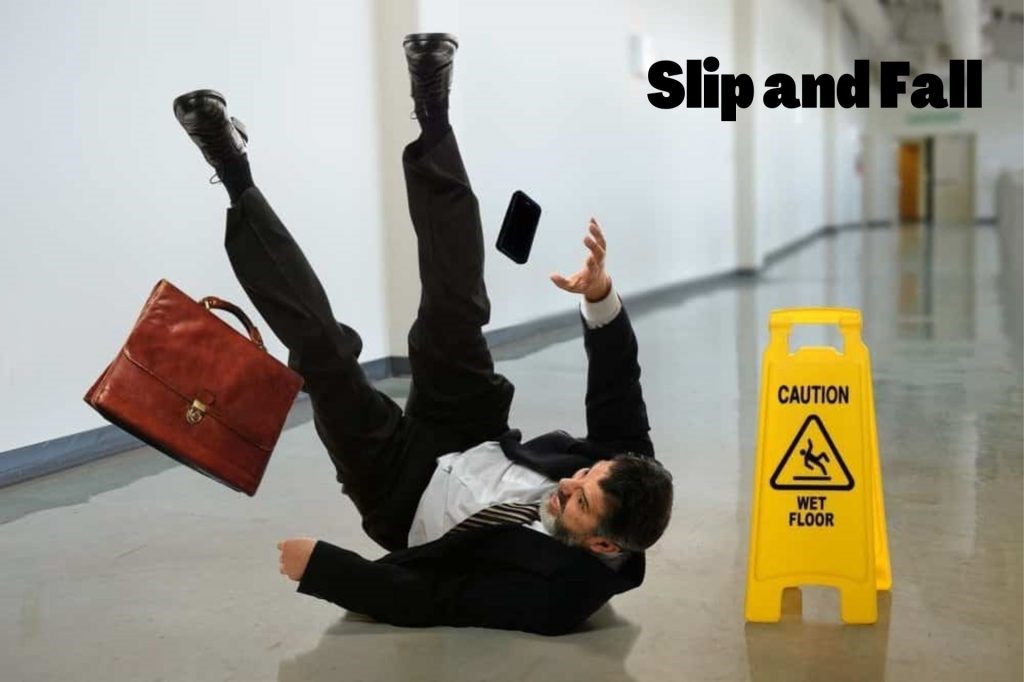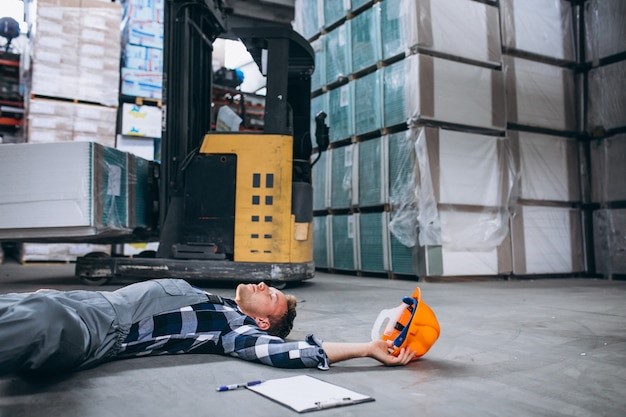Location: A Deciding Factor in Slip and Fall Cases
Any accident is uncalled for and should be avoided at all costs. Victims of slip and fall accidents end up with many injuries and unending lawsuits. Many factors are considered to ascertain liability in slip and fall accident cases, but location is one major factor that is often overlooked. The location of the accident can significantly impact the outcome of slip and fall cases.
Location is essential because the property owners owe different types of responsibility to the victims who incur injuries while on their property. Be it business property owners, government entities, or personal property owners, each has a duty of care and an obligation to individuals who may suffer injuries while on their property. Slip and fall accidents are common in the US, mainly in Connecticut.
Connecticut is located in the northeastern part of the US, in the New England region, and as of the year 2022, it has a population of 3.6 million. The population dramatically contributes to the development of the state, whose main economic activities are finance and insurance, manufacturing, healthcare and biotechnology, and many more. Due to the many slip and fall cases in this state, it is essential to seek the help of a Connecticut slip and fall lawyer who has the expertise to help you resolve the dispute conclusively.
This article explores the importance of location as a deciding factor in slip and fall accidents. Let’s dive in.
The owners of the premises have a legal obligation to maintain the safety of visitors
Any business open to the public is supposed to ensure the safety and security of its visitors. In unfortunate circumstances where a slip and fall accident happens in any area of such a business establishment, the property owner will be accountable for any injuries or losses the victim may suffer. The property owner has to ensure that all parts of their property are safe to avoid these accidents.
Common hazards may not make the owner of the property liable
In instances where certain dangerous conditions are common, the clients within the business are responsible for their safety. Property owners cannot be held liable for apparent accidents that could occur, but for those that a reasonable person can avoid.
Victims who suffer injuries on private property can pursue the owner
This is another scenario where location is essential in a slip and fall case because the private property owner has a legal obligation to visitors to put in place measures to make their property safe and hazard-free. Suppose a guest has a slip and fall accident. In that case, the person who owns the property will be held liable if the harmful and hazardous environment causes the accident.
Those who trespass cannot pursue damages
The property or business owner has no obligation to protect any trespasser from hazardous conditions on their property. Such individuals cannot file a claim because they have no legal right to be on the property. The exception is the attractive nuisance doctrine, whereby if the property owner has anything on their property that would attract minors, a minor gets injured. In this case, the property owner can be held liable.
Accident on government property
If a slip and fall accident happens on government property, the victim must file a complaint within the statute of limitations. Failure to adhere to this rule will make you lose the recovery of damages you incurred.
In addition, many government entities have a limited amount a victim can claim as compensation. Victims must take complex steps to protect their rights if they have a slip and fall accident on government property.
In conclusion, location is essential in deciding slip and fall cases. Knowing where you had a slip and fall accident can significantly help you decide whether to pursue justice for your case.


